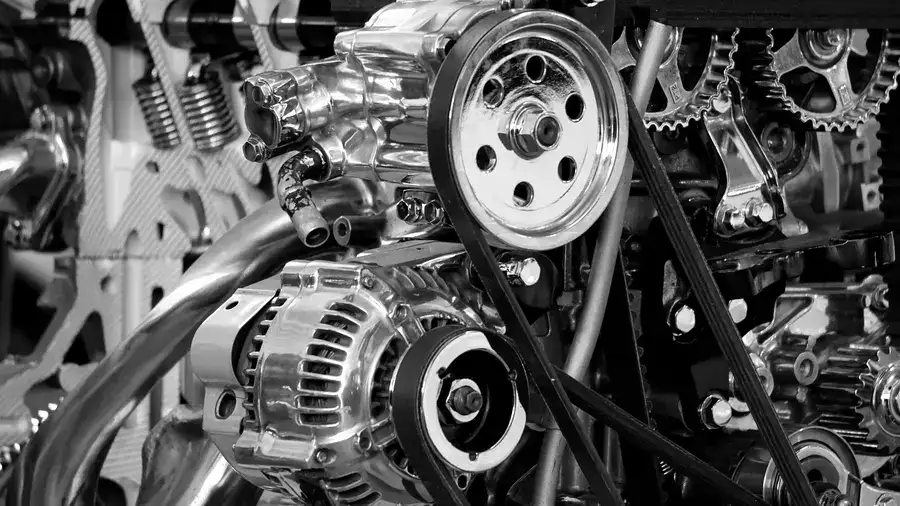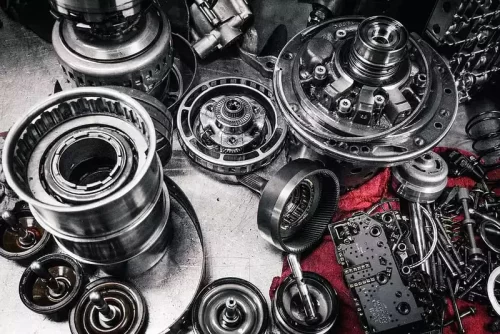If you’ve recently invested in a remanufactured engine from Fraser Engines, congratulations on taking a step toward enhancing your vehicle’s performance and reliability. However, to ensure the longevity and optimal functioning of your newly installed engine, it’s crucial to follow a proper break-in procedure. In this blog post, we will provide you with a comprehensive guide on how to break in a remanufactured engine, with a special focus on Fraser Engines. By adhering to these guidelines, you can maximize the performance and longevity of your engine, ensuring a smooth driving experience for years to come.
Understanding the Remanufactured Engine:
Before diving into the break-in process, it’s essential to understand what a remanufactured engine is. Fraser Engines specializes in remanufacturing engines, a process that involves disassembling, cleaning, inspecting, and replacing or repairing worn-out parts to meet or exceed original specifications. This meticulous restoration ensures that your remanufactured engine performs like new, providing exceptional quality and reliability.
Read the Manufacturer’s Guidelines:
Fraser Engines, like any reputable remanufactured engine provider, provides specific guidelines for breaking in their engines. It’s crucial to carefully read and understand these guidelines before proceeding with the break-in process. Fraser Engines’ guidelines may vary depending on the specific engine model and modifications, so be sure to refer to the documentation provided with your engine.
The Importance of a Proper Break-in:
Breaking in a remanufactured engine is a critical step to establish proper wear patterns, ensure adequate lubrication, and allow the internal components to settle and adapt. A well-executed break-in process minimizes the risk of premature engine wear, enhances performance, and contributes to an engine’s longevity.
 Start Slowly:
Start Slowly:
When starting your remanufactured engine for the first time, it’s important to be patient and start slowly. Fraser Engines typically recommends idling the engine for a few minutes to allow oil to circulate and reach all critical components. Check for any leaks or unusual noises during this phase.
Vary the RPM:
After the initial idle period, it’s time to introduce varying RPM ranges. Begin by gradually increasing the engine speed, while avoiding excessive revving or heavy acceleration. Fraser Engines usually recommends avoiding sustained high RPM operation during the initial break-in period to allow the piston rings, camshaft, and other components to properly seat.
Avoid High Loads:
During the break-in period, it’s advisable to avoid heavy loads or towing, as excessive stress on the engine can hinder the proper seating of internal components. Keep your driving conservative and avoid putting excessive strain on the engine until the break-in process is complete.
Monitor Fluid Levels and Temperatures:
Regularly monitor fluid levels, such as engine oil and coolant, during the break-in period. Maintaining proper fluid levels is crucial for optimal engine performance and longevity. Additionally, keep an eye on the engine temperature gauge to ensure it stays within the recommended range.
Follow the Recommended Break-in Duration:
The break-in period can vary depending on the specific remanufactured engine and its modifications. Fraser Engines typically provides guidelines on the recommended break-in duration. It’s important to adhere to this duration to ensure the engine’s internal components have adequately seated and the wear patterns have been established.
Regular Maintenance:
After completing the break-in period, it’s important to maintain regular maintenance and servicing schedules for your remanufactured engine. Fraser Engines or a certified mechanic can provide recommendations for the maintenance intervals and procedures specific to your engine model.
Breaking in a remanufactured engine is a crucial step in ensuring its long-term performance and reliability. By following the guidelines provided by
Fraser Engines and adhering to the recommended break-in procedures, you can optimize the performance and longevity of your remanufactured engine. Remember to read and understand the manufacturer’s guidelines, start slowly, vary the RPM, avoid high loads, and monitor fluid levels and temperatures. With proper care and maintenance, your Fraser Engines remanufactured engine will deliver years of reliable service and enjoyable driving experiences.



 Start Slowly:
Start Slowly:




